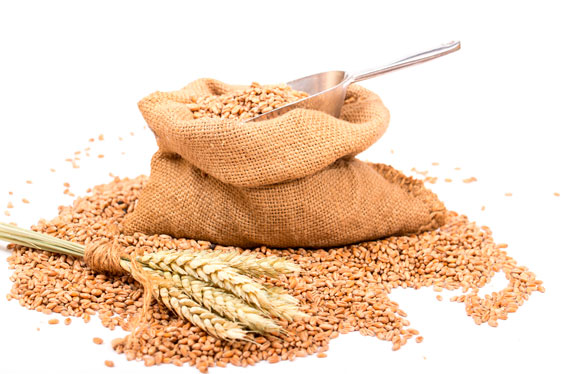Palm kernel oil can be used to feed animals. In this article we review its production process and its composition, and give guidelines for its use as an ingredient in livestock rations.
Introduction
Palm kernel oil (PKO) is extracted from the seed (nuts or kernel) of the African oil palm. It is a very stable oil, high in lauric acid.
Due to its high saponification index, it is widely used in the chemical industry, mainly for soap production.
Its stability makes it is an excellent alternative oil for the food industry (bakery, confectionery, ice-cream, etc.).
The widespread use of palm oil, and the higher yield of Asian species, have shifted the production hub from West Africa to Southeast Asia. This has resulted in a desired change towards new varieties, with higher proportion of palm pulp and less seeds (K.G. Berger, Encyclopedia of Food Sciences and Nutrition, 2003).
The kernels
There are differences between African and Asian varieties regarding the characteristics of the fruits.
African varieties = kernels represent 45% of fruit weight
Asian varieties = kernels constitute 7% of fruit weight in the most recent Asian varieties.
Currently, there is a drive to obtain new seedless varieties.
The fruits grow in bunches weighing between 50 and 65 kg.
It is possible to separate up to 2000 kernels, representing 10-15% of total weight
The weight of 1,000 kernels is between 6-10 kg. They are dried at 60°C and mechanically opened. They contain 4–50% of oil, depending on the cultivated hybrid and the on region.
The weight of a 1,000 kernels varies between 6-10 kg
There is a large variation on the fatty acid composition of the kernels. In the samples reported in Table 1, there was higher variability between seeds of the same origin, than between seeds of different origins.
Harvest and storage
The palm fruit is harvested throughout the year since the fruit does not ripe symmetrically. When most of the bunch is ripe, part of the fruit is excessively ripe, while the top of the fruit is not ripe enough.
The storage of palm kernels do not have to be done near the plantation. Thanks to its hard coverage, the seeds can be transported and stored without any risk. Despite this, the production of kernel oil usually happens in the country of origin.
Palm kernel oil production process
Figure 1 shows the steps involved in the processing of palm kernel oil.
Figure 1. The process of extraction of palm kernel oil
Chemical composition a...













